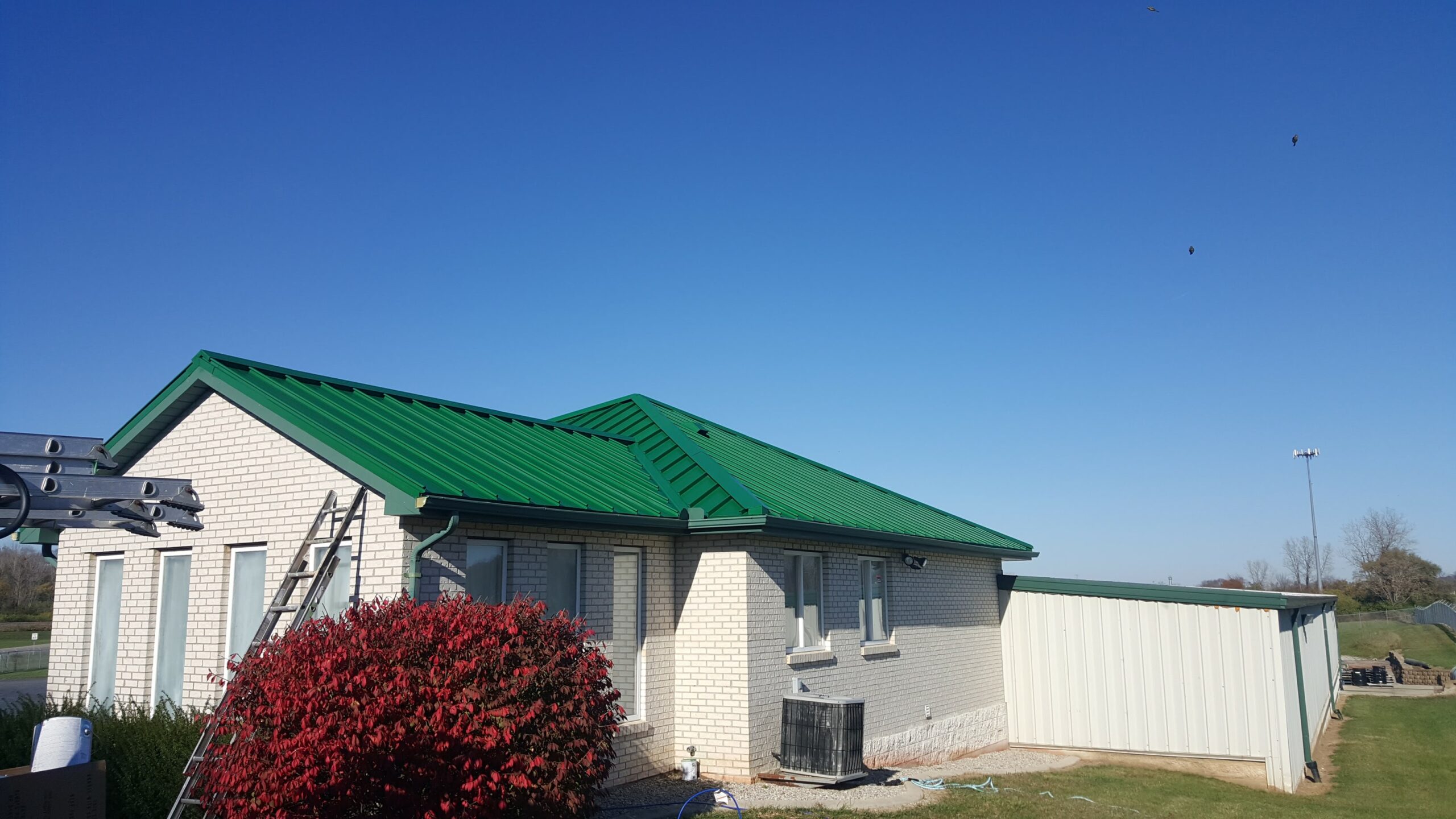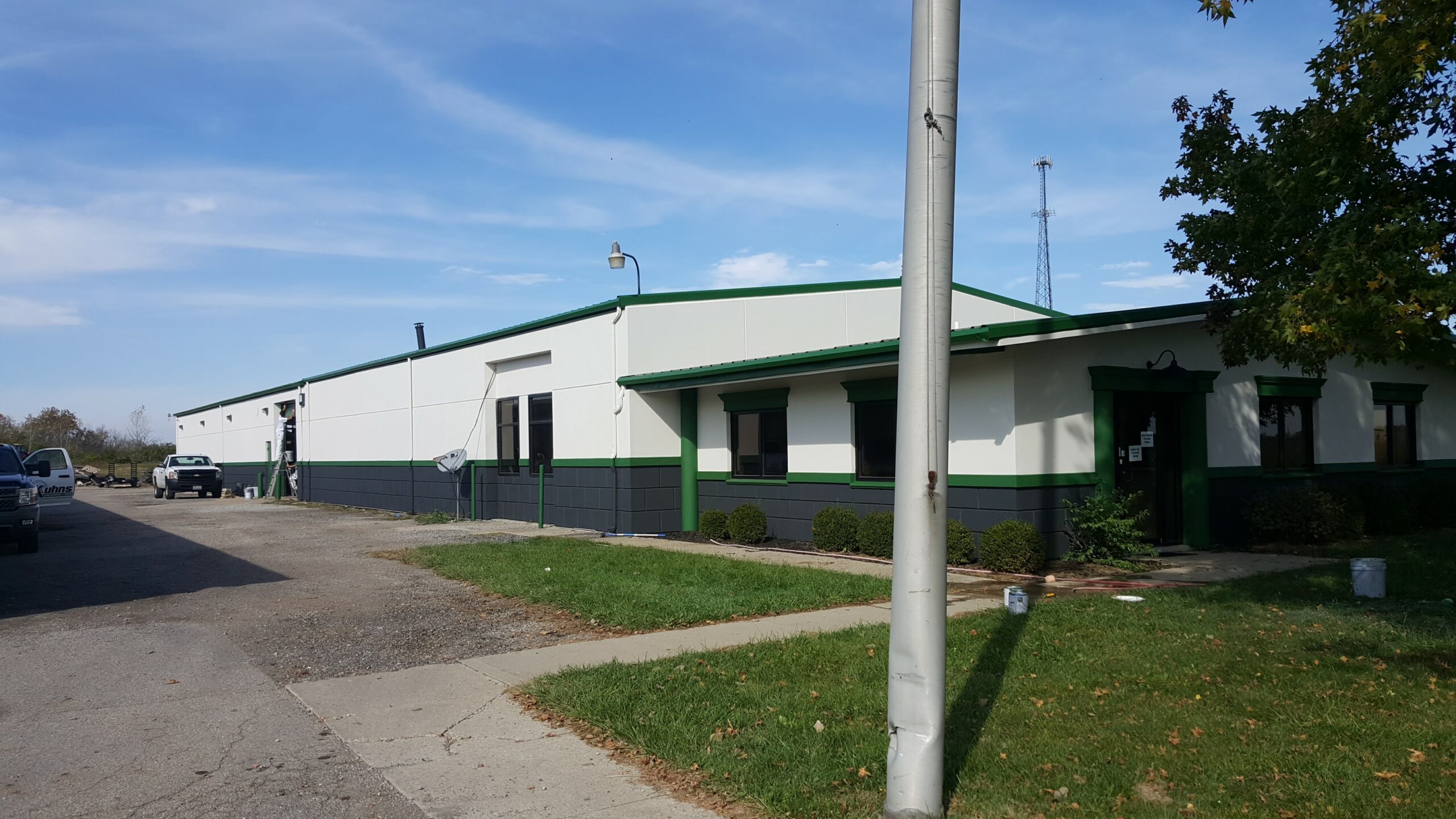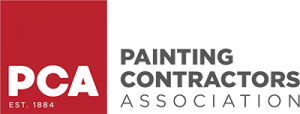When homeowners start planning a painting project, one of the first questions they ask is: “Why does the painting cost vary so much between interior and exterior work?”
At first glance, it seems obvious — exterior house painting looks more complex, so it must cost more. But that’s not always the case. The truth is, painting cost depends on a web of factors: surface condition, paint formulation, preparation level, accessibility, and even how your home’s architecture interacts with sunlight and weather.
At LiteHouse Painting, we help homeowners in Beavercreek, OH understand the real breakdown behind professional painting estimates—so they can budget smarter, avoid surprise add-ons, and get results that last.
The Real Reason Painting Costs Differ So Much
While exterior jobs typically carry higher total price tags, interior projects can sometimes match—or even exceed—them per square foot. Why? Labor intensity, surface detail, and product type are bigger cost drivers than location alone.
For example, repainting a detailed interior filled with crown molding, trim, and designer finishes may outprice a standard two-coat exterior repaint. On the other hand, a weathered wood siding job that needs scraping, priming, and caulking can push exterior costs higher.
The bottom line: painting cost is driven by scope and system, not just whether it’s inside or outside.
Key Takeaways
-
Exterior painting cost is usually higher overall because of weather exposure, surface prep, and safety.
-
Interior work can be more expensive per square foot when there are multiple finishes, high-end paints, or occupied spaces.
-
The main cost drivers: surface condition, coating system, and labor accessibility.
-
Comparing painting quotes without context leads to confusion—details matter more than totals.
-
Understanding these drivers helps homeowners plan realistic budgets and long-lasting results.
The Core Cost Difference Between Interior and Exterior Painting
Professional painters structure pricing around four categories: labor, materials, surface prep, and equipment.
Average Cost Range
| Type | Average Cost per Sq. Ft. | Major Cost Factors | Common Add-ons |
|---|---|---|---|
| Interior | $3–$6 | Prep, paint type, number of colors, accessibility | Ceilings, trim, feature walls |
| Exterior | $4–$8 | Prep, paint durability, weather, surface condition | Power washing, caulking, repairs |
These numbers are for professional-grade work, using quality products like Sherwin-Williams Duration, Benjamin Moore Aura, or Behr Marquee. Prices shift depending on substrate type—drywall, stucco, wood, or aluminum all have unique coverage rates and prep needs.
Factor 1: Surface Condition and Preparation
Preparation makes or breaks a paint job. It’s also the biggest influence on painting cost.
Exterior Prep
Exteriors endure UV exposure, moisture, and temperature shifts. This means cleaning, sanding, scraping, and sealing take up nearly half the total labor hours. Rotten trim, loose paint, or chalky surfaces often need restoration before paint ever touches the wall.
Professionals rely on products like Sherwin-Williams Loxon Primer or Benjamin Moore Fresh Start Exterior for adhesion and protection against the elements.
Interior Prep
Inside, prep focuses on perfection. Holes, cracks, grease, or smoke stains must be addressed. Walls might need patching or stain-blocking primers like Zinsser Bulls Eye 1-2-3 for consistent coverage.
Even something as small as learning how to prevent roller marks can influence finish quality—and thus, cost.
Fact: Prep work typically accounts for 40–60% of total labor time, no matter where the job takes place.
Factor 2: Type and Quality of Paint
Paint technology has advanced dramatically. But not all coatings are created equal—and differences in formulation directly affect painting cost.
Exterior Paints
Formulated to withstand UV rays, rain, and humidity, exterior paints feature flexible resins, mildewcides, and color-retention technology. Products like PPG Permanizer and Sherwin-Williams Duration Exterior can last 8–12 years with minimal fading.
-
Cost per gallon: $45–$90
-
Typical coating system: Primer + 2 coats of acrylic latex
Interior Paints
Interior paints emphasize aesthetics and cleanability. Premium lines like Benjamin Moore Regal Select or Sherwin-Williams SuperPaint Interior provide smooth finishes and scuff resistance—perfect for high-traffic rooms or designer spaces.
-
Cost per gallon: $35–$60
-
Typical coating system: Primer (if needed) + 2 coats of acrylic enamel or latex
Service insight: LiteHouse Painting selects paint systems that balance performance, budget, and surface type—ensuring every dollar spent delivers long-term value.
Factor 3: Labor and Accessibility
Labor drives the largest portion of painting cost—especially for projects requiring specialized equipment or detailed handwork.
Exterior painters face environmental challenges: height, terrain, and weather unpredictability. Interiors may seem simpler, but occupied homes require careful staging, masking, and daily cleanup to minimize disruption.
Typical Labor Rates
Professional painters charge between $40–$70 per hour, depending on skill level, project complexity, and region. Licensed contractors also include insurance, safety compliance, and warranty coverage—key elements that DIY painting often overlooks.
Factor 4: Environmental and Safety Considerations
Exterior
Outdoor work introduces factors like wind, temperature, and moisture that can shorten open time and affect curing. Contractors must also comply with EPA RRP lead-safe regulations for homes built before 1978 and local environmental codes governing wash-water disposal.
Interior
Indoors, safety focuses on air quality. Low- or zero-VOC paints minimize odor and health risks, especially in bedrooms or occupied spaces. Quick-drying formulas allow same-day reentry and reduced downtime for homeowners.
Modern eco-friendly paints, including Benjamin Moore Eco Spec and Behr Premium Plus Zero-VOC, balance performance with sustainability—often at slightly higher cost.
Factor 5: Architecture and Design Complexity
A simple stucco wall costs far less to paint than intricate trim or multi-color interior schemes. Every curve, edge, or feature adds time.
Exterior Complexity
Eaves, gutters, shutters, railings, and fascia boards all require additional masking and cutting-in.
Interior Complexity
Accent walls, crown moldings, wainscoting, or cabinets increase detail work—and cost. Smooth finishes demand flawless prep, often achieved with fine sanding, HVLP spray systems, or urethane enamel coatings.
Factor 6: Accessibility, Height, and Equipment
Tall homes, steep slopes, or tight access zones increase both time and equipment needs. Exterior painters may need scaffolding, boom lifts, or safety harnesses, all factored into labor cost.
Inside, the challenge shifts to confined spaces or vaulted ceilings. Compact sprayers and specialized ladders improve reach without damaging surroundings—but require experienced crews.
At LiteHouse Painting, our teams are trained in safe height operations and precision coating, reducing both risk and inefficiency for homeowners in Beavercreek, OH.
Factor 7: Longevity Expectations
Exterior coatings are designed for endurance. A professional exterior house painting system typically lasts 7–10 years, while interiors average 5–7 years depending on exposure and use.
Because exteriors must handle UV radiation and moisture, they demand thicker coats, flexible resins, and stronger primers—raising upfront painting cost but reducing maintenance frequency.
LiteHouse Painting offers a 3-year workmanship warranty on exterior work and 2 years on interiors, ensuring long-term peace of mind.
When Interior Painting Actually Costs More
There are plenty of situations where the “cheaper” interior assumption falls apart.
Example Scenarios
-
A 1,800 sq. ft. interior repaint (occupied, with multi-color finishes) = $8,000
-
A 1,800 sq. ft. exterior repaint (stucco, 2 colors, light prep) = $6,500
High-end finishes like Venetian plaster, faux metallics, or Fine Paints of Europe Eco coatings can exceed $100 per gallon—easily outpacing typical exterior paint pricing.
Interior complexity often lies in the detail work: trim, cabinetry, and walls each needing unique products and sheens.
Budgeting Smarter: How to Control Painting Costs
You can manage your painting cost strategically without sacrificing quality or protection.
-
Plan seasonally. Book exterior projects during mild weather for optimal application and better pricing.
-
Bundle jobs. Combining exterior house painting and interior work can reduce setup costs.
-
Maintain regularly. A small investment in touch-ups prevents large-scale repainting later.
Summary of Key Cost Drivers
| Cost Driver | Exterior Impact | Interior Impact | Which Usually Costs More? |
|---|---|---|---|
| Prep & Repairs | High (weathered surfaces) | Moderate (drywall, patching) | Exterior |
| Paint Quality | Durability-focused coatings | Aesthetic and cleanability | Exterior |
| Labor | Weather-dependent, equipment-heavy | Slower pace, detail-heavy | Tie |
| Accessibility | Ladders, scaffolds | Furniture, tight corners | Tie |
| Longevity | 7–10 years | 5–7 years | Exterior |
| Safety & Regulations | Lead, runoff, weather | VOC, air quality | Exterior |
Common Questions About Painting Costs
Q1: Why is exterior paint more expensive per gallon?
Exterior formulations contain UV blockers, mildewcides, and flexible resins that handle expansion and contraction cycles.
Q2: Can I use exterior paint indoors to save money?
No. Exterior paints emit more VOCs and aren’t designed for indoor air quality.
Q3: How much should I budget for repainting my 2,000-sq-ft home?
Expect $6,000–$9,000 for interiors and $7,000–$12,000 for exteriors, depending on surface prep, accessibility, and coating choice.
Q4: How can I lower costs without sacrificing quality?
Select mid-tier products from reputable brands, minimize color changes, and maintain existing coatings regularly.
Q5: How often should I repaint?
Exterior: every 7–10 years (more often in humid zones).
Interior: every 5–7 years or as aesthetics demand.
Understanding True Painting Value
Painting cost isn’t just about square footage—it’s about value over time. Premium prep, products, and professional application yield coatings that protect longer, fade less, and enhance your home’s appearance for years.
While exterior painting often carries a higher upfront investment, it offers better durability, protection, and resale impact. Interior work, on the other hand, rewards precision, comfort, and aesthetics.
If you’re planning a repaint in Beavercreek, OH, contact LiteHouse Painting for a transparent, detailed quote that explains every factor influencing your project cost. Our estimates include product lines, surface prep, and warranties—so you know exactly where your investment goes.





